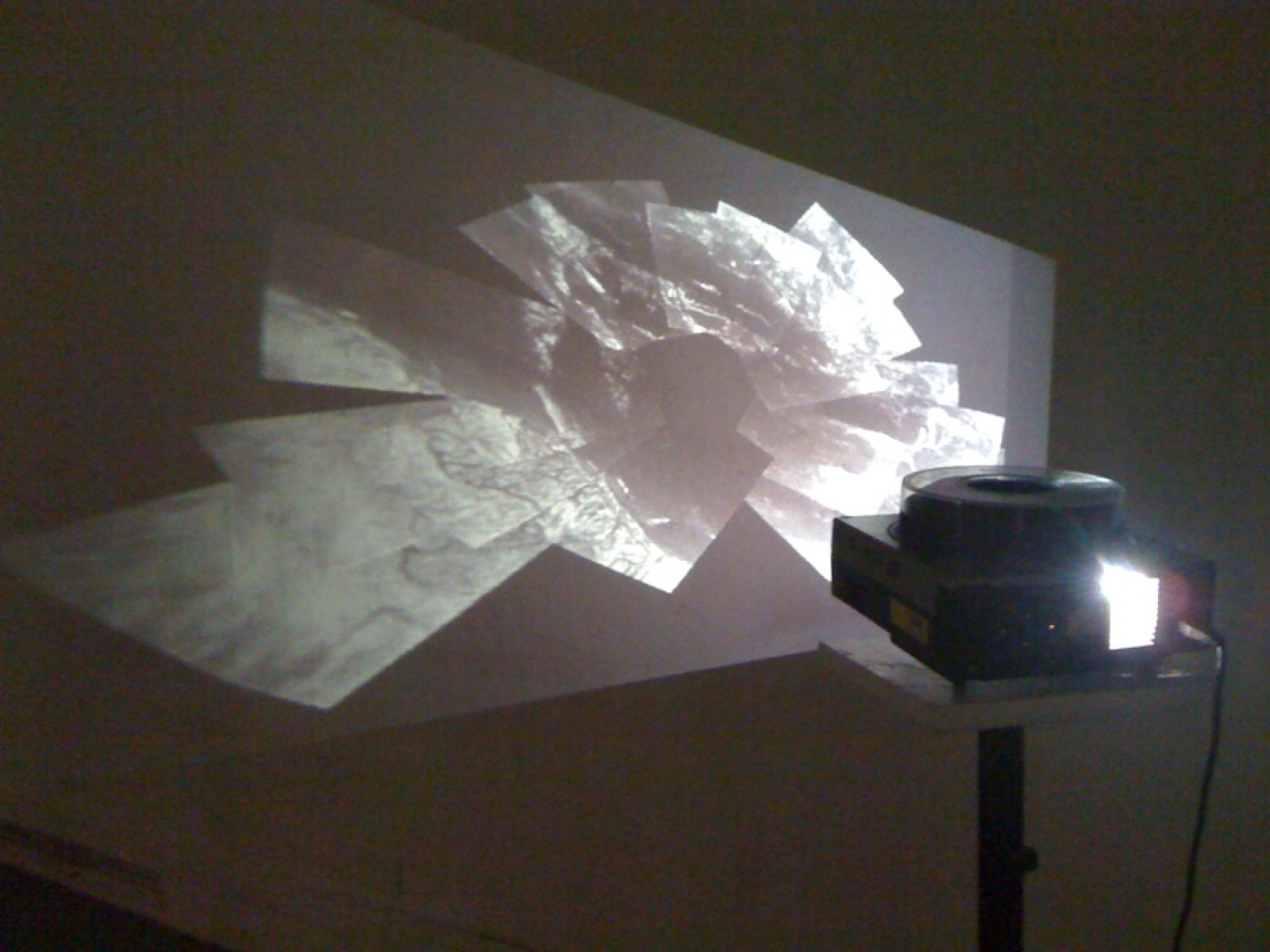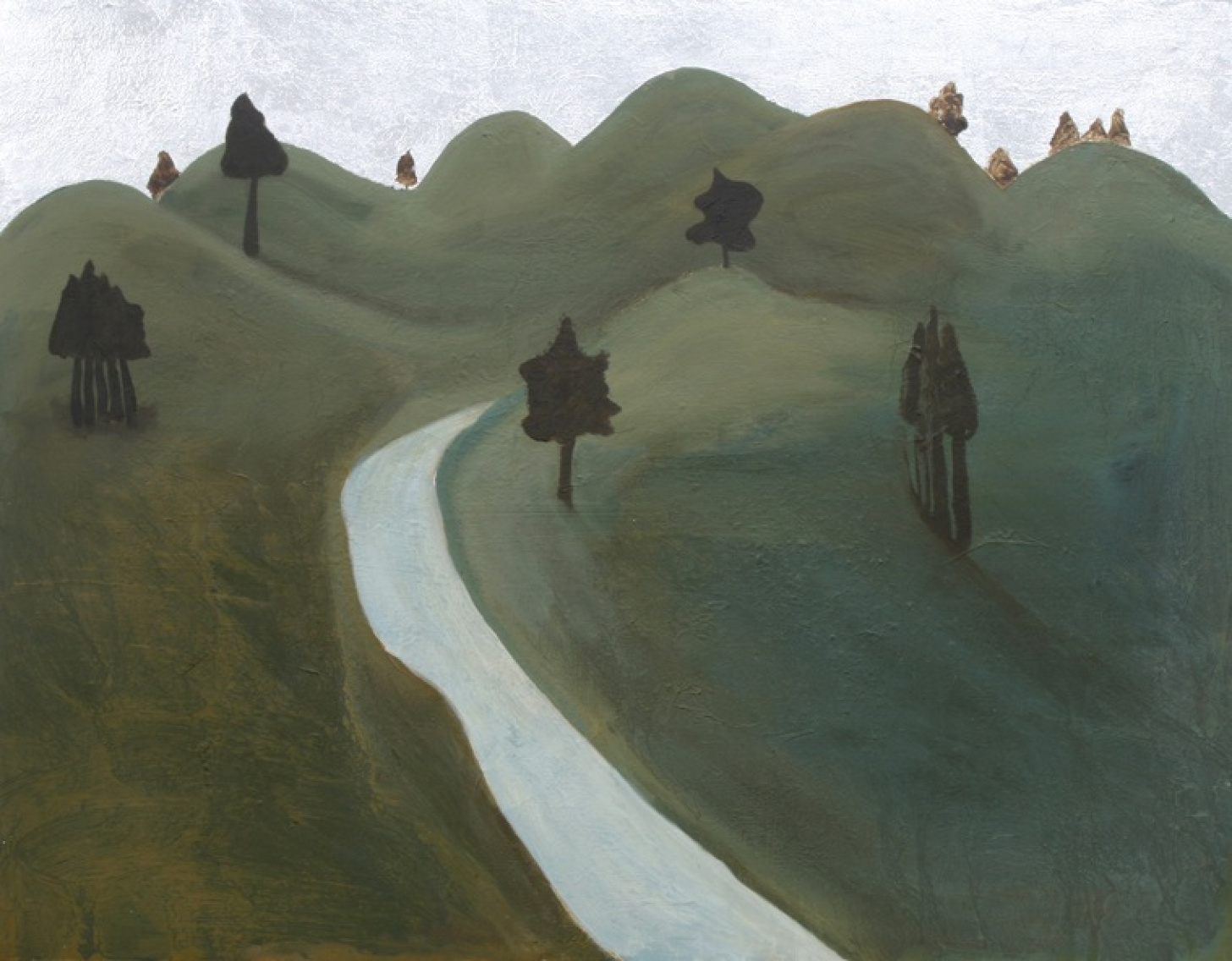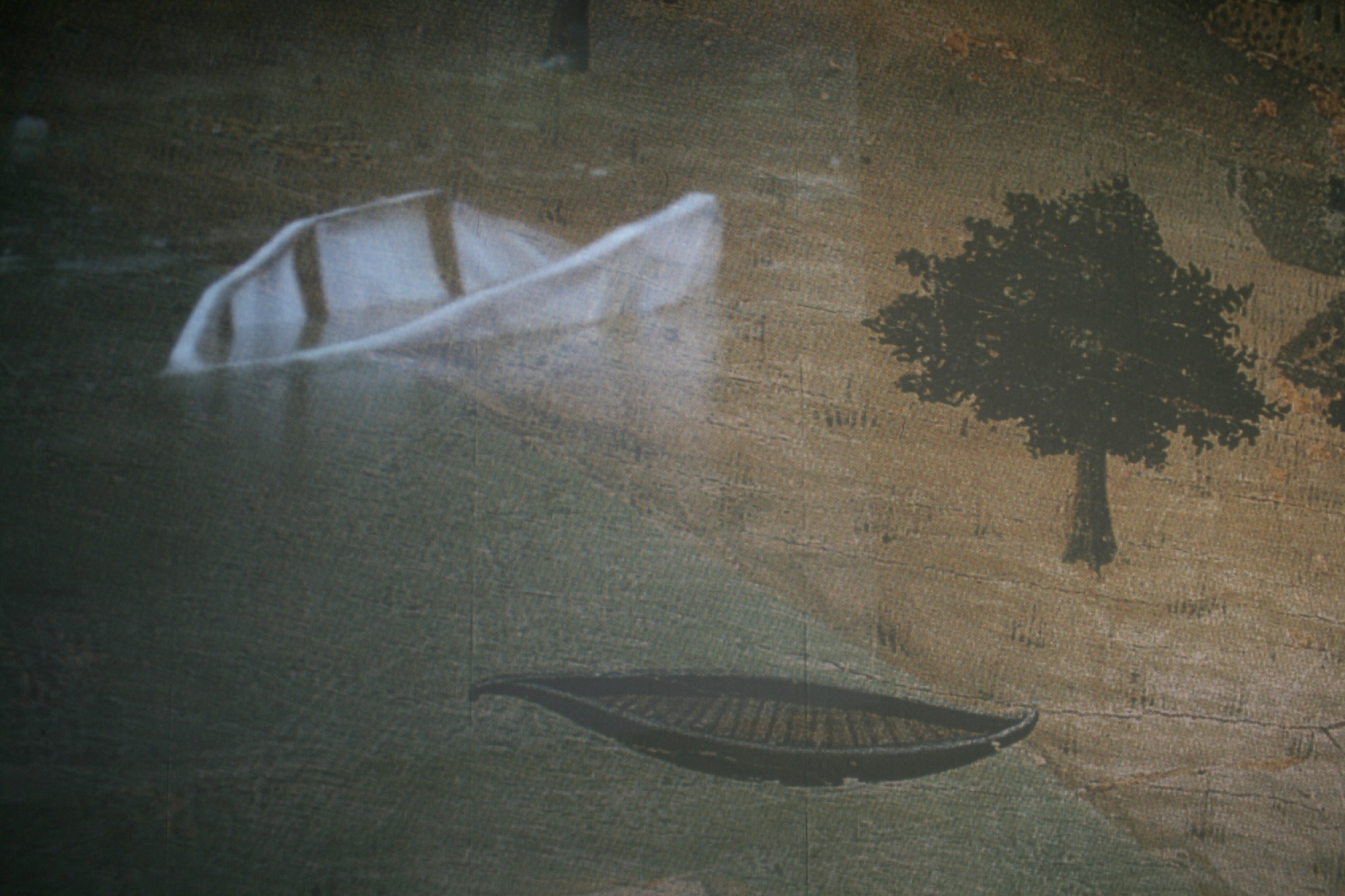Henrietta Simson
Landscape after landscape: pre-genre Italian backgrounds in a post-genre digital age
Single point perspective and photographic technologies of sight have been implicated in a dominating western way of seeing, referred to here as 'natural vision' for the past 500 years.
Featured Media






This visuality is seen by many as a 'single enduring apparatus of power' (Jonathan Crary), which controls and fixes the status of the observer in the logic of late capitalism. As it develops away from the system of linear perspective on which it was founded, and towards the digital and virtual technologies of cyberspace, the idea of somehow replicating 'natural vision', so long this visuality’s basis of authority, is forced into new territories.
The materiality of the artwork and its impact on these visual technologies is a key theme within my practice-related research, which involves the appropriation of landscape spaces and adapts fragments derived from (among other things) early proto perspective paintings and contemporary photographic sources. Through the re-contextualisation of these images, I am able to explore the history of the two-dimensional representation of three-dimensional space, the visual languages that have been developed to produce this apparent mimesis, and the ideological basis from which they arise.
This research, with it’s emphasis on the material presence of the image, considers how these technologies can be used to challenge dominating visual structures as opposed to simply reinforcing them. The project is supervised by Dr Joy Sleeman, Dr Alison Wright and Miss Lisa Milroy.